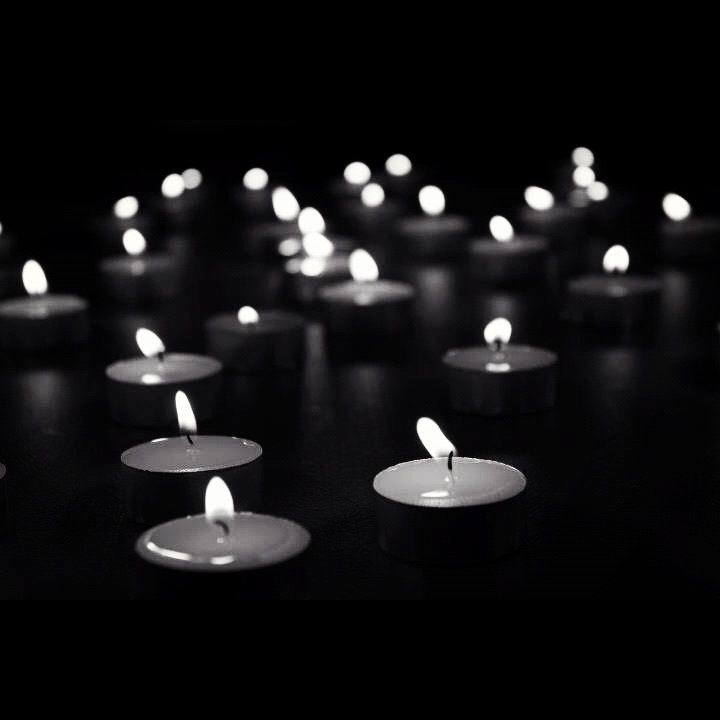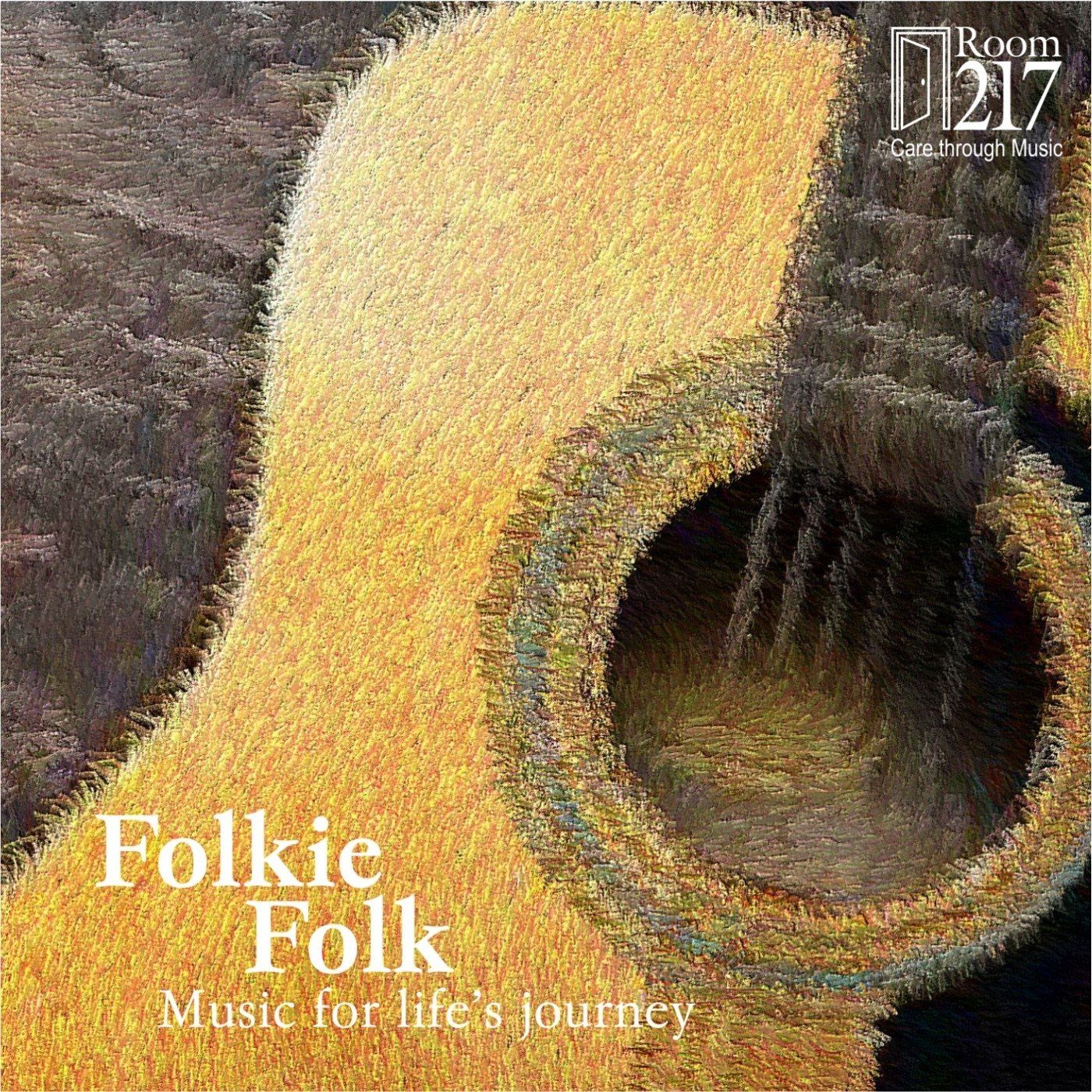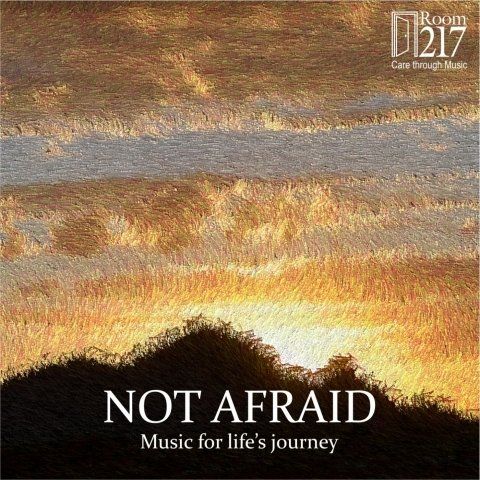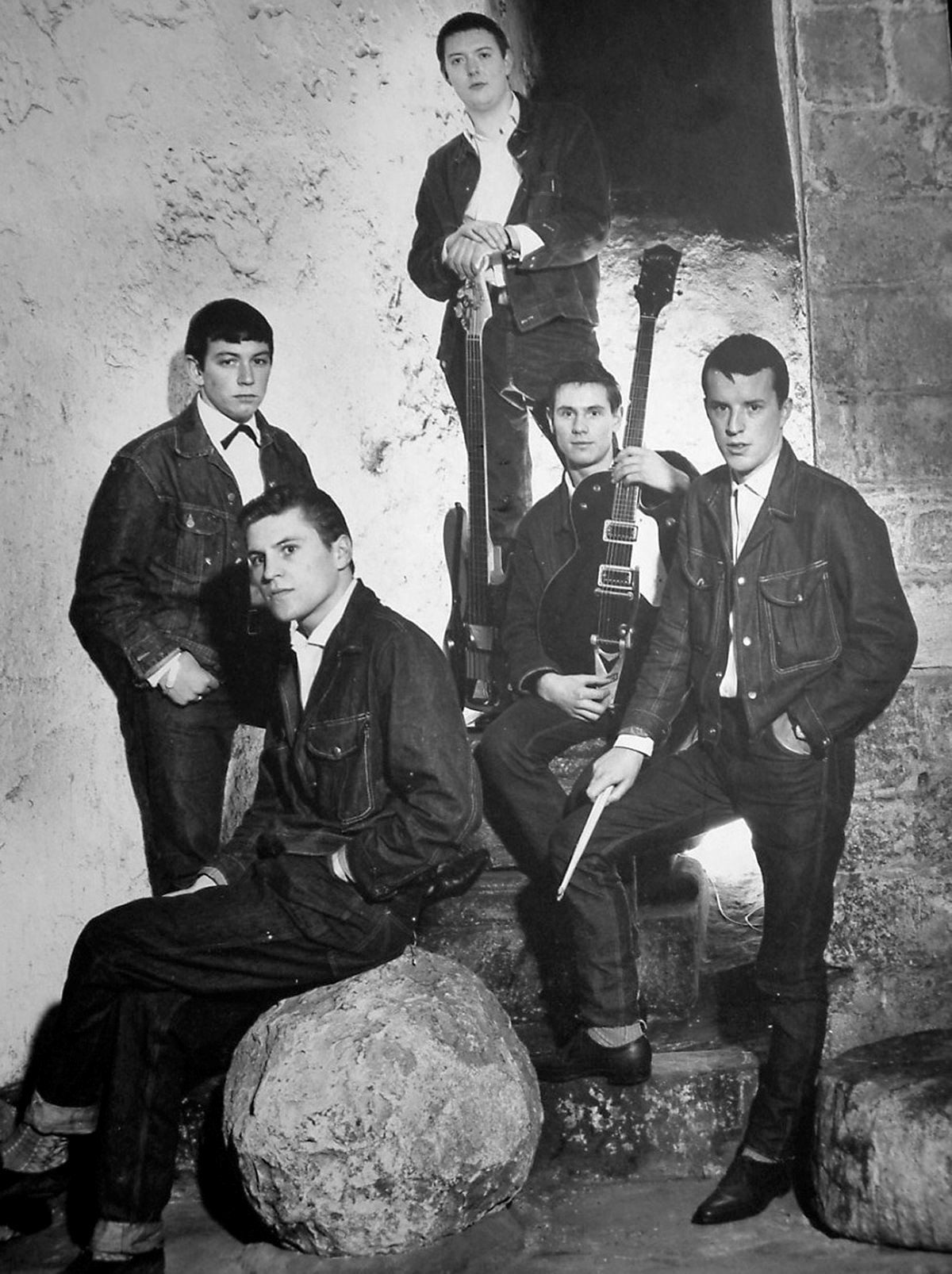Comfort and Joy: Treading cautiously with Christmas Music
 Rarely does music care make the most obvious sense as it does at the holidays. For so many, Christmas is inseparable from its famed and beloved music. At my work this month, the requests for Christmas music are overwhelmingly strong, and the comfort it can bring is immeasurable.
Rarely does music care make the most obvious sense as it does at the holidays. For so many, Christmas is inseparable from its famed and beloved music. At my work this month, the requests for Christmas music are overwhelmingly strong, and the comfort it can bring is immeasurable.
However, care providers also know that the holiday season can be a particularly challenging time. It’s a season when family dynamics become heightened, when loss and grief becomes more apparent, and when social isolation can feel aggrandized.
Christmas music can trigger sadness and grief-related emotions as much as it can invoke joy and nostalgia. Here are a few considerations for incorporating Christmas music into care practice:
- Consider your goal: is the goal of having Christmas music to bring comfort and contemplation to a setting, or to create a festive party? A harpist playing Silent Night live in a waiting room will have a very different impact than Mariah Carey’s “All I Want For Christmas” blasting over the portable radio (I’ve got nothing against Mariah). The mood of the music is paramount to meeting your goal. If you put on a “Christmas themed” radio station you can’t control what the mood or song choice will be. Different Christmas albums have different tones – there are Christmas albums with themes ranging from classical to crooners, choral to Celtic, New Age to full-on commercial pop. Choose carefully according to the mood you’d like to create.
- Consider the delivery: If you’re playing recorded music, find good speakers and take care to find a volume that doesn’t upset the space. If you’ve got access to live musicians, consider the size of the group and discuss the repertoire they are playing before planning the musical event.
- Support volunteer musicians: It’s a time of year when many community music groups are getting in touch to do volunteer performing. Knowing about these groups before they come in to perform – how many people there are, and their musical expertise – is important. I once heard of a lively group of volunteer carolers stepping onto a palliative unit at a hospital where my friend, a music therapist, was working. She was taken aback by the volume of their singing, and their energetic “mismatch” to the quiet, introspective unit they were singing on. She felt it inappropriate and that these volunteer musicians were not properly supported to come onto such a sensitive unit. Spend time with volunteer musicians to help orient them to the space, and make sure they know the general “vibe” of the place and can match it musically.
- Remember that this is the darkest time of year for many people: many care providers know that Christmas is a time of struggle and loneliness, particularly for those who’ve lost loved ones, or are going through a separation, or are coping with difficult childhoods, or have any number of challenges in their lives. Know that for all the joy Christmas music may bring to some, it can bring pain and sadness for others. Trust your own scope of practice as a caregiver, and proceed accordingly.
Now that I’ve sufficiently warned against the dangers of playing Christmas music in care settings, I’d like to end on a positive note. At this time of year, I’m often going room to room at the hospital simply taking requests for old-time carols. The music seems to bring comfort and grace to people in a way that truly makes me humble to do this work. Here are my top 5 favourite Christmas songs to play at the bedside, and why:
- Lo How A Rose: played quietly at bedside on the piano, this old German carol brings comfort and hope in sensitive times.
- O Come Emmanuel: a dark, modal medieval tune about hope in the lowliest of times, I’ve played and sung this slowly and reverently at bedside, and it seems to meet people in the complexity of their emotions during hospitalization.
- Angels We Have Heard On High: this French carol is famous for its jubilant “Gloria” chorus, though at bedside I usually play it with a subdued, twinkly feel. It seems to invite a gentle shimmer to the room.
- Sans Day Carol: this lesser-known carol is sweet, light, and with a three-four time signature, has a bit of a bounce. Beginning with the opening line “now the holly bears a berry as white as the milk,” the imagery is fresh and sensual.
- Silent Night: the true “lullaby” of carols, Silent Night is tender and intimate, and an almost-guaranteed sing-along. It’s a great closer.
Sarah Pearson is a music therapist working in oncology and palliative care in Kitchener, ON . She is the Program Development Coordinator for the Room 217 Foundation and Lead Facilitator of the Music Care Certificate Program.











